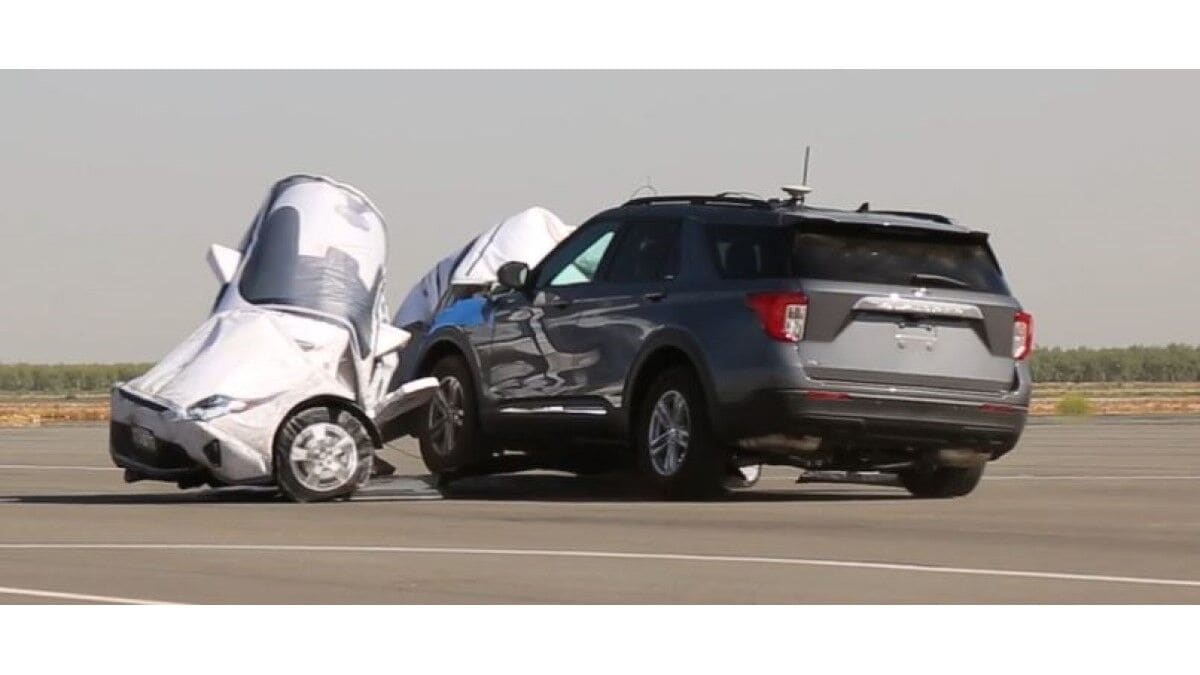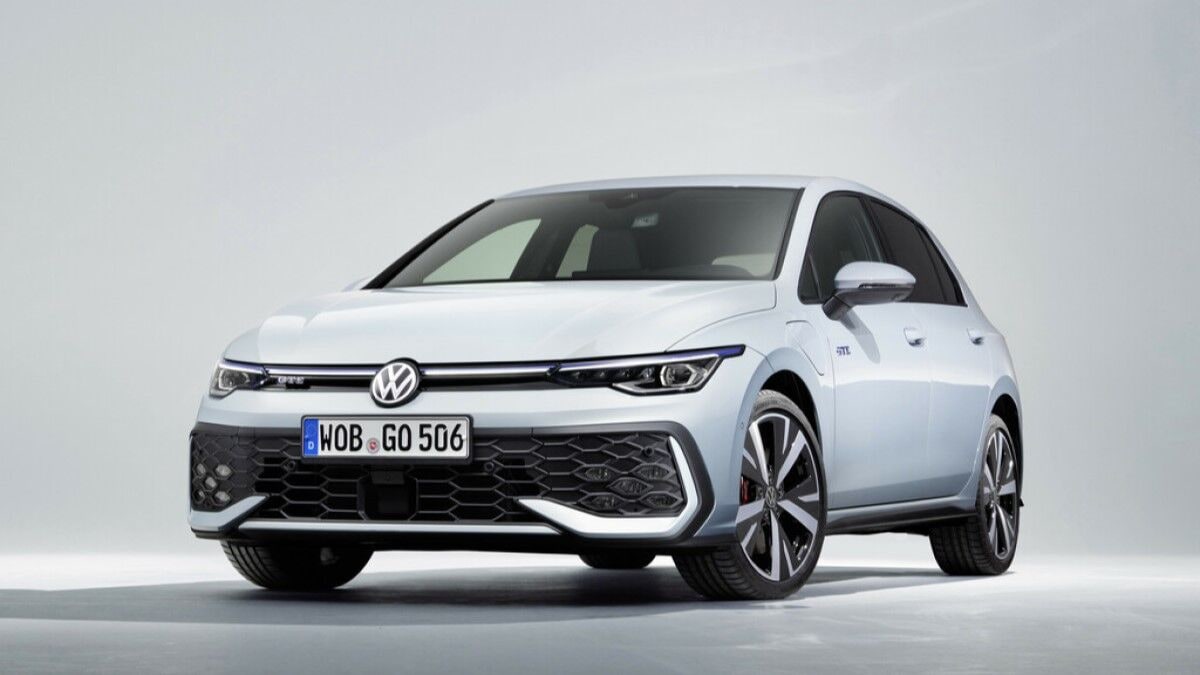As part of the celebration to accompany the opening of its first BMW i Store on London’s Park Lane, the automaker has shown a revised version of the BMW i3 Concept with a new interior treatment that reportedly more closely reflects the look we’ll see on the version of its electric city car that goes on sale late next year. The updated cabin treatment for the BMW i3 places a greater emphasis on sustainability and employs BMW’s "next premium" design philosophy. Like other BMW models, the appointments in this latest iteration i3 Concept features greater use of renewable raw materials and natural fibers throughout to add new warmth to the package. This includes eucalyptus wood sourced from sustainably managed European forests and leather processed using a tanning agent made from olive leaves that BMW claims provides a natural layer of protection against bleaching and wear. This is set off with high-quality wool fabric on the dash and door trim.
BMW i Pedelec Concept bike offers EV assist with a twist
To complement the i3 Concept, BMW has created its own version of the electrically-assisted two-wheeler. Dubbed the BMW i Pedelec Concept – for Pedal Electric Cycle – this innovative person mover is based on a lightweight aluminum and carbon fiber frame that can be easily folded when not in use and is compact enough in that form to allow a pair of them to be stowed in the i3’s trunk. The i Pedelec weighs about 42 pounds and gets its power assist from a 42V hub motor/generator in the rear wheel that makes 15 lb-ft of torque. It’s energized by a 42V lithium-manganese battery that will let the i Pedelec Concept travel 16-25 miles on a single charge.
In addition to on-the-fly replenishment under braking or while rolling downhill, the battery pack in the i Pedelec Concept can be recharged from a normal wall socket or from inside the i3 itself. The process takes 1.5-4 hours, depending on the energy source. BMW also notes that since the hub motor only supplies its assist to the rider’s pedaling efforts at speeds up to 16 mph, it does not need to be insured, registered or licensed – at least not in Europe.







